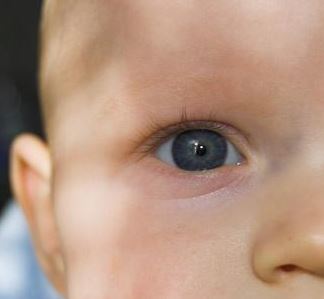Involuntary Eye Movement an Indication for ADHD Diagnosis
[Source: Science Daily]

Attention Deficit Hyperactivity Disorder (ADHD) is the most commonly diagnosed — and misdiagnosed — behavioral disorder in children in America, according to the Centers for Disease Control and Prevention. Unfortunately, there are currently no reliable physiological markers to diagnose ADHD. Doctors generally diagnose the disorder by recording a medical and social history of the patient and the family, discussing possible symptoms and observing the patient’s behavior. But an incorrect evaluation can lead to overmedication with Ritalin (methylphenidate), which has parents everywhere concerned.
Keeping an eye on the eyes
Dr. Moshe Fried, Dr. Anna Sterkin, and Prof. Uri Polat of TAU’s Sackler Faculty of Medicine, Dr. Tamara Wygnanski-Jaffe, Dr. Eteri Tsitsiashvili, Dr. Tamir Epstein of the Goldschleger Eye Research Institute at Sheba Medical Center, Tel Hashomer, and Dr. Yoram S. Bonneh of the University of Haifa used an eye-tracking system to monitor the involuntary eye movements of two groups of 22 adults taking an ADHD diagnostic computer test called the Test of Variables of Attention (TOVA). The exercise, which lasted 22 minutes, was repeated twice by each participant. The first group of participants, diagnosed with ADHD, initially took the test un-medicated and then took it again under the influence of methylphenidate. A second group, not diagnosed with ADHD, constituted the control group.
Read the Rest of this Article on Science Daily
PediaStaff is Hiring!
All JobsPediaStaff hires pediatric and school-based professionals nationwide for contract assignments of 2 to 12 months. We also help clinics, hospitals, schools, and home health agencies to find and hire these professionals directly. We work with Speech-Language Pathologists, Occupational and Physical Therapists, School Psychologists, and others in pediatric therapy and education.
